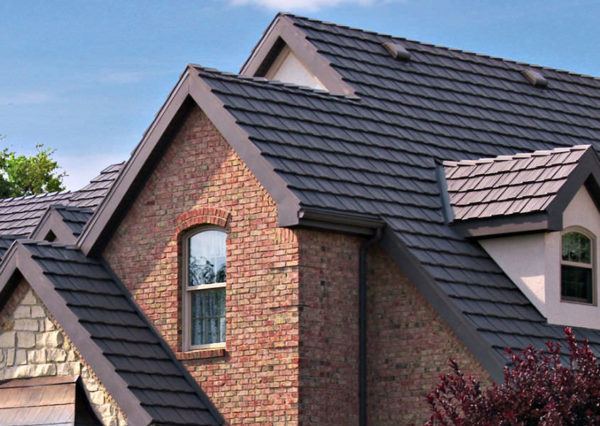6 Ways Hot Weather can Affect Your Roof

Most property owners are well aware of the risks that can come to your roof over the winter months, especially when it is freezing cold. However, when spring comes around, it is potentially overlooked that hot weather can also put your roof at risk.
Because of this, many roofs are left susceptible to the unpredictable weather of the Great British summer, which can cause devastating damage to your Durham roofing, costing you more money and a whole host of problems later down the line.
To make sure you are better prepared, here are 6 ways in which the hot weather of the summer months can affect your roof.

1. UV Rays
Over exposure to UV rays can cause accelerated degradation of a lot of building materials, including those used to build your roof, as it starts to dry them out. As UV rays continually hit your roof during the long summer days, even on cloudy days, this can cause asphalt to buckle and spit, oils to dissipate, and wood to bleach and crack.
2. Thermal Shock
Thermal shock is when temperatures fluctuate, causing stresses in materials. During the summer, temperatures are higher than average during the day, and then it gets colder at night, resulting in a quickened expansion and contraction. Because of this thermal shock, it often leads to cracking or warping of your roof.
3. Heat
Sunshine on your roof can lead to your home and the roof itself overheating, which can cause the materials to break down faster. This can be easily remedied by using proper attic ventilation, which reduces the risk of heat and condensation build up inside the home.
4. Moss and Mould
Moss and mould thrive on warmer and more humid climates, and so are more likely to grow during hot weather. Once on your roof, moss and mould can infiltrate the gaps between your tiles, creeping into your attic and down your walls rapidly.
5. Blistering
Blistering is especially a risk when you have a flat roof made from particular materials. It happens when water manages to get through cracks in the roof and expanding in the high temperatures, causing blisters or bubbles to appear on your roof.
6. Standing water
Again, more prevalent to flat roofs, standing or pooled water is still a risk during warm weather. If left standing, stagnant water on your roof can begin to cause all sorts of problems, especially once it begins to heat up in the daytime sunshine.
Make sure you don’t fall victim to the adverse effects of hot weather on your roof by regularly checking your roof for any of these signs. If you notice any damage, always contact a professional roofer, who will be able to assess the situation and advise accordingly.
By keeping an eye out for any issues with your roof, you will be more likely to catch any problems early. Not only will this save you money in repair costs, but it will also ensure the structural integrity and safety of your home.

